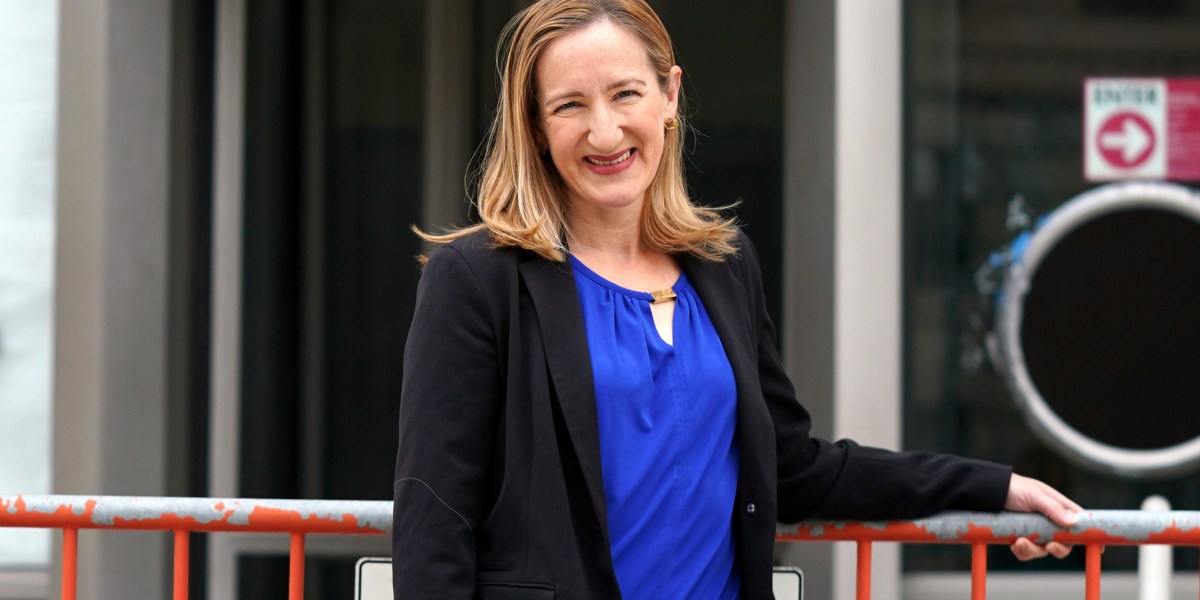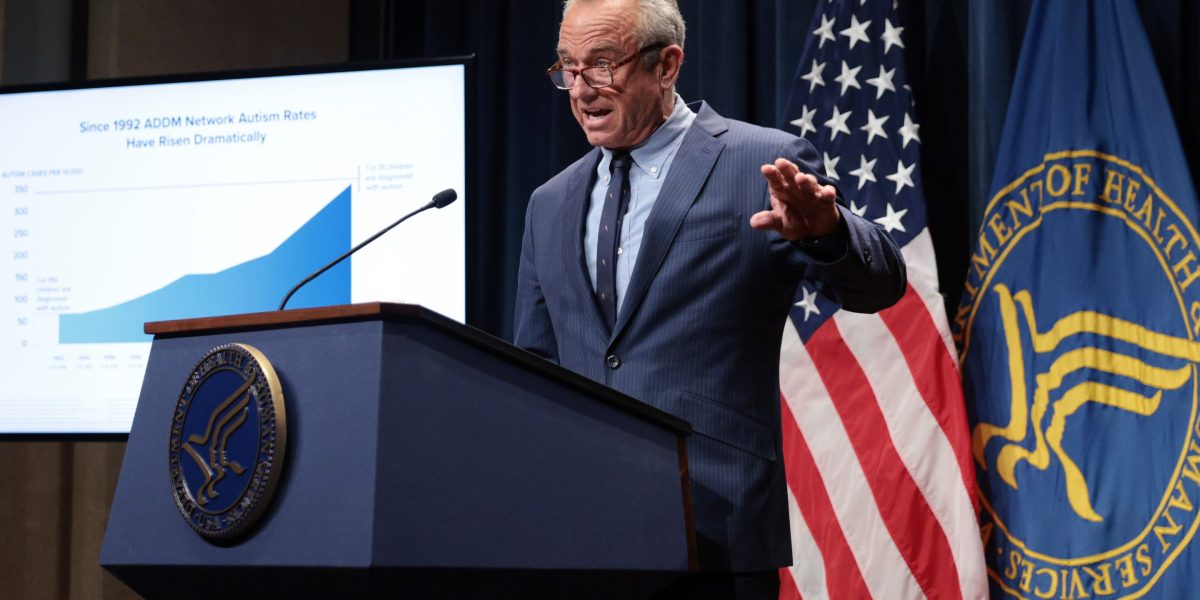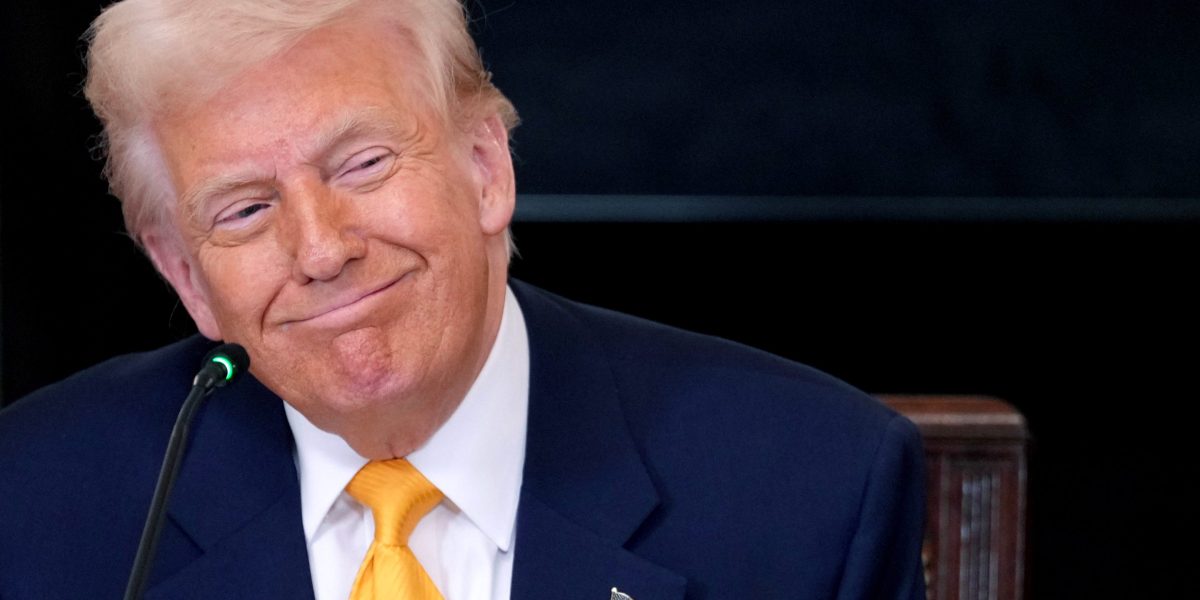With most programs funded by the U.S. Agency for International Development cut and the agency’s remaining staff told their jobs will end by September, the reality of the Trump administration’s sudden halt to more than 60 years of international development work has sunk in.
Billionaire presidential advisor Elon Musk, who led the charge to dismantle USAID, has called the agency criminal and corrupt. Secretary of State Marco Rubio has said many programs did not advance American interests. The administration continues to cancel programs, including humanitarian and food aid, and has said it will roll any remaining programs into the State Department.
Two months into the cuts, some workers and organizations, who once carried out those programs, are developing a variety of initiatives to stand in the breach left by the dismantling of U.S. foreign aid.
Direct cash to laid off workers
Laura Meissner had worked as a contractor for USAID since 2010 and specialized in humanitarian assistance, specifically programs that give cash directly to people in need.
In early February, a friend approached her to help start a fundraiser to benefit other USAID workers who, like her, had lost their jobs. USAID employed 10,550 people in Washington and at offices around the world, with about half coming from other countries.
Meissner along with a small group of organizers eventually set up The Solidarity Fund with the Greater Washington Community Foundation, which will actually make grants directly to former workers. The grants will start at $650 and increase depending on the size of the household.
“We want to make it a meaningful enough sum that it’ll make a real difference in their ability to buy groceries, pay medical bills, pay the rent or mortgage, or keep the lights on,” Meissner said.
So far, the fund has raised about $16,000 from 140 donors and has already recommend 10 applicants to receive funds.
“It’s so easy to feel like nothing that you do matters because there’s so many big problems and it feels like they’re happening all at once. But everything does matter, even if it’s just to somebody,” she said.
Research to help foundations and funders with more money
Even for people who study international development, it’s been hard to understand all the ways U.S. cuts have impacted the field. The think tank Rethink Priorities, which prioritizes cost-effectiveness in charitable interventions, studied the gaps created by the cuts to help donors respond.
They provide a chart showing how big of a share U.S. funding was in any given area and encourage funders to consider how urgently the impacts of the cuts will be felt. They also suggest donors consider if others might fill the gap.
Tom Vargas, a senior researcher at the think tank, said he hopes the research helps to, “spread the money around in a way that makes sense. We’re funding things that other people will not fund.”
They hope their research influences donors, big and small, while also recommending giving to emergency funds.
Bridge funds to get money to programs that could still operate
Within a month of the pause on USAID programs, a number of nonprofits started emergency funds to get money to life-saving programs or to stabilize organizations that would otherwise close. Even the World Food Program, the United Nations agency that responds to conflicts and famines, has started a fundraiser, hoping to bring in $25 million from U.S. donors.
So far, emergency funds have raised between several hundred thousand dollars to over $3 million, mostly from individual donors, and some have already granted out hundreds of thousands of dollars.
The funds have gone to a Yemeni organization that provides emergency food supplies, to send cash directly to people fleeing violence in Democratic Republic of Congo, to a Kenyan organization that supports people living with HIV, and to a program combatting malnutrition in Ethiopia.
Support for organizations to close or merge
The amount raised by the bridge funds does not come close to replacing the tens of billions lost in the U.S. aid cuts.
Many international development organizations, even those who did not directly receive funds from USAID, face existential funding shortages, said Blair Glencorse, founder and co-CEO of Accountability Lab, whose organization has been tracking the impact of the U.S. cuts.
More than a third of nonprofits who responded to their survey said they had less than three months of funding.
“The data from the beginning indicated that it would be around now that organizations are going to fall off a cliff,” he said. “And that’s exactly what we’re beginning to see.”
His organization has heard from more than 70 nonprofits, mostly in the Global South, who want to explore merging, spinning off programs, winding down or otherwise partnering to try to prevent their most valuable assets from being lost. Those assets could include employees, property, systems, contacts or intellectual property.
Glencorse said they estimate it will cost between $30,000 and $50,000 for each transaction or merger and have assembled a team of experts, who can help organizations. They have gotten some funding from foundations for the “ partnership matching service,” and estimate that they have between 6 to 9 months to help nonprofits make these big organizational changes.
“The snowball effect is really beginning to pick up at this point,” he said of the cascading impacts of the U.S. foreign aid cuts.
This story was originally featured on Fortune.com
Source link

 Entertainment8 years ago
Entertainment8 years ago
 Politics8 years ago
Politics8 years ago
 Entertainment8 years ago
Entertainment8 years ago
 Entertainment8 years ago
Entertainment8 years ago
 Tech8 years ago
Tech8 years ago
 Tech8 years ago
Tech8 years ago
 Tech8 years ago
Tech8 years ago
 Politics8 years ago
Politics8 years ago







